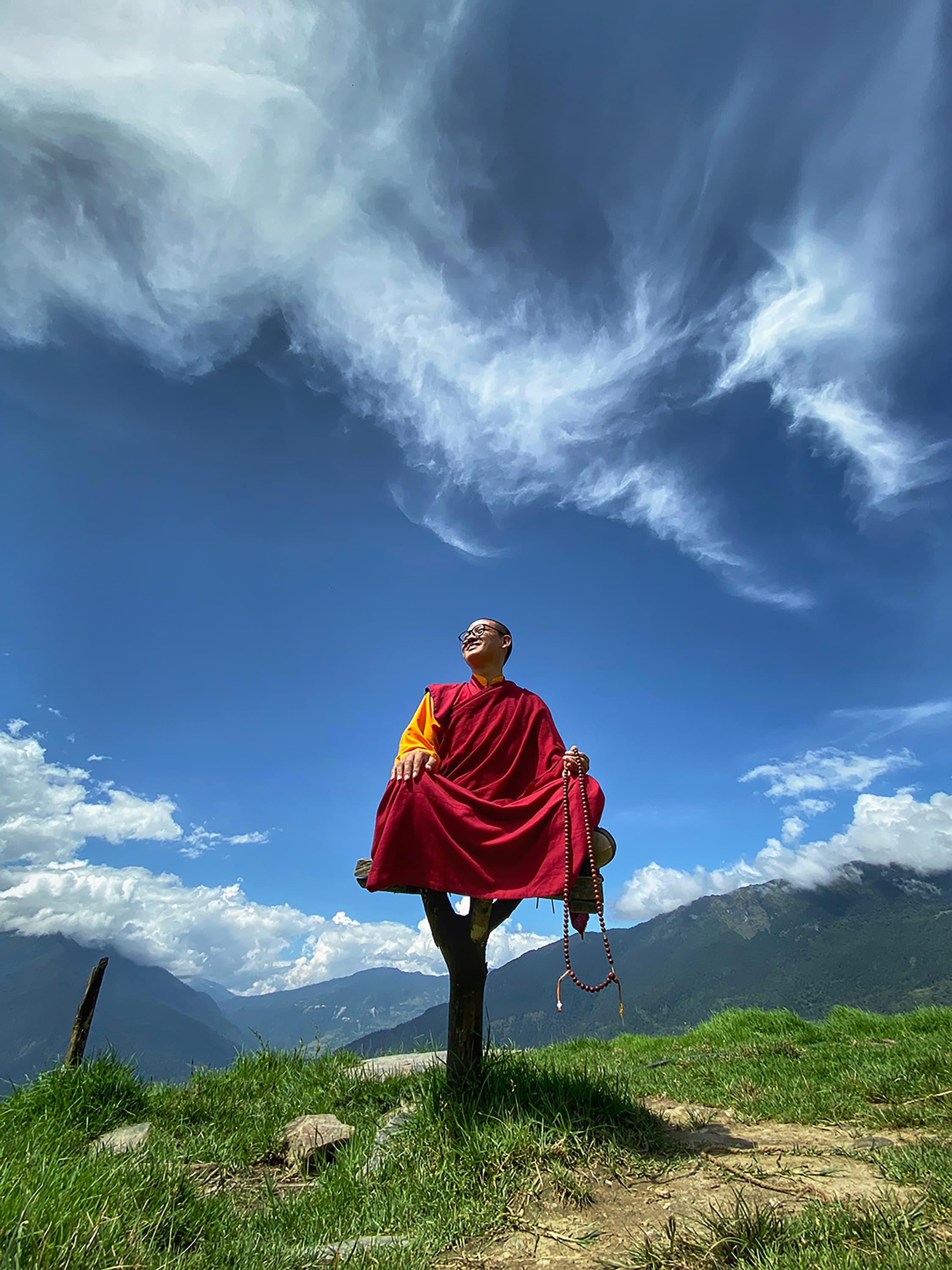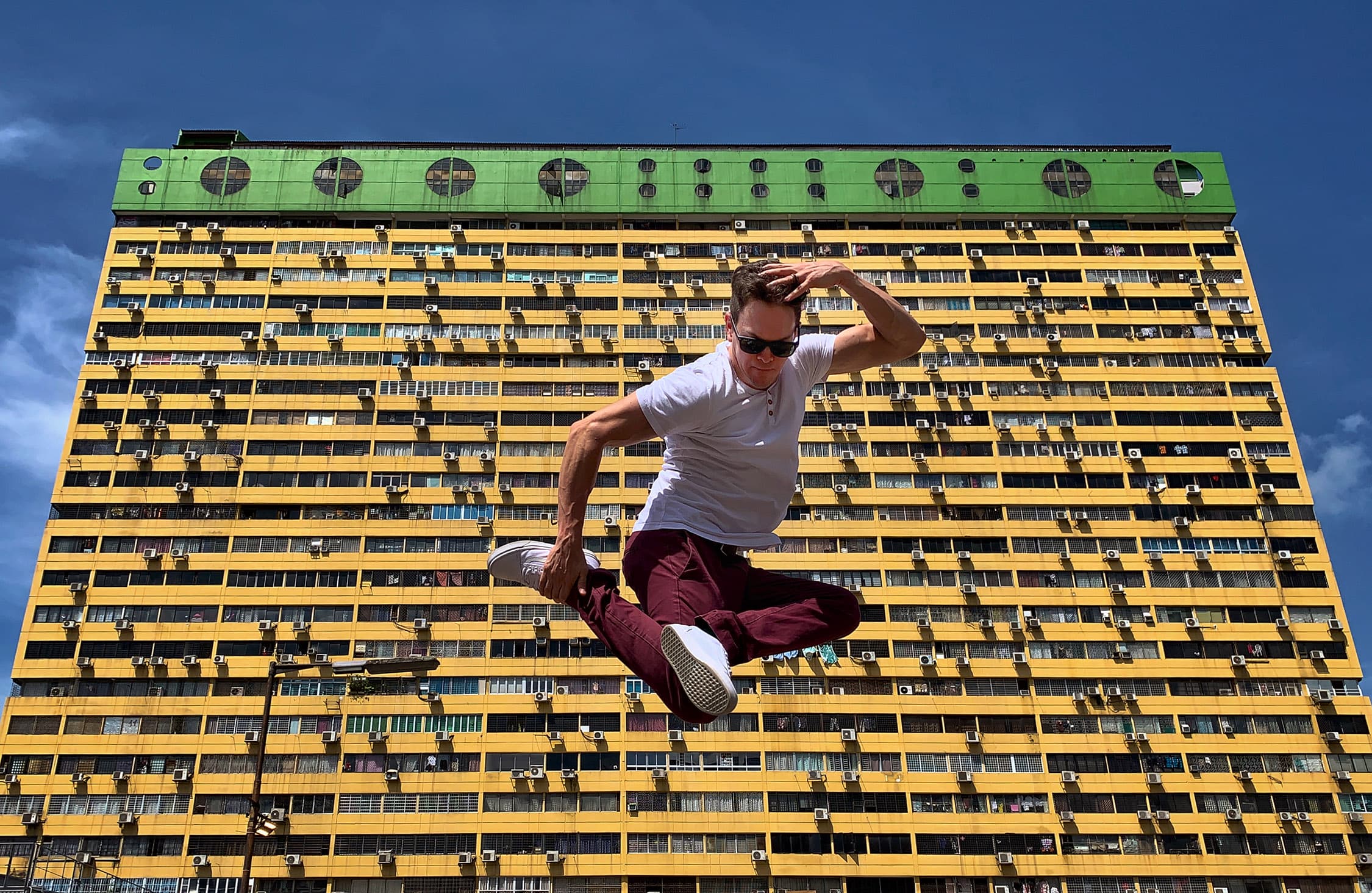
Trust someone like Scott A. Woodward to take a particular situation and look at it from a different angle. The photographer, whose work has appeared in National Geographic Magazine, Condé Nast Traveller, Vogue, GQ and Esquire, like most of us, had to re-assess what he could do when the pandemic flipped the world upside down.
It wasn’t easy at first, but he made things work to great results. Being unable to practice his craft as he usually would, the time spent indoors allowed him to sit down and share his knowledge through photography workshops. Woodward offers everything a budding photographer would need, from learning more about mobile photography to an introduction to food photography. He also can teach you how to work out the more technical aspects with “The Basics of Photo Retouching.”
If you’re getting a bit more serious about your budding hobby, his masterclass entitled “The Basics and Beyond” might be something you’d like. Here, he allows one to learn how to operate a DSLR camera and appreciate the importance of narrative storytelling.
Lifestyle Inquirer had the privilege to speak with Woodward and pick his brain a bit of his pandemic pivot and what he’s looking forward to as the world slowly opens back up.

Which photograph always captures your eye?
That is a very difficult question. There are so many incredible photographs by so many talented visual storytellers whom I admire. If I had to choose one picture that I always return to in my mind’s eye, it would be Sebastiao Salgado’s iconic ‘Churchgate Train Station, Bombay’ (1995). I remember the very first time I saw this image in a gallery in Singapore, and it stopped me in my tracks. This frenetic mass of humanity, frozen in a blur of elasticity, thousands of people swarming between stationary, symmetrical trains, a chaotic moment in time illustrating in a single frame the harsh realities of rapid population growth in developing nations around the globe. It’s an incredible photograph.
Where is the best destination you’ve been to for photography?
Without a moment’s hesitation, Bhutan. There is no other place on earth like the enigmatic “Land of the Thunder Dragon,” cradled deep in the creases of the soaring Himalayas. This tiny Buddhist kingdom is a spectacular mixture of the rugged countryside, centuries-old architecture, vibrant culture, and welcoming citizens.
Enveloped by the Indian plains to the south and the mountainous Tibetan regions of China to the north, Bhutan is home to a vast natural topography, disparate climatic regions, and a proud people with a reverent spirituality. Bhutan’s natural light is soft and golden, and the prayer-flag-strewn, snow-capped mountain vistas are majestic. Friendly Bhutanese fill bustling city markets while grinning monks in flowing maroon
robes inhabit the ancient monasteries that dot the rugged countryside. Bhutan is a must-visit for anyone and everyone, lover of photography or not.
You describe your style as “Choose Your Own Adventure Photography.” Could you elaborate on that? How does that still apply today?
When I was a young boy growing up in small-town Ontario, Canada, I loved reading “Choose Your Own Adventure” storybooks. The idea of these books is that the reader can make choices throughout the story, with each decision leading to different plot complications and, eventually, multiple possible endings.
What I loved most about the “Choose Your Own Adventure” series was the power to make decisions along my journey. I never knew what each story had in store — but that was the thrill for me. It’s this same philosophy that I’ve brought to my photography. Literally and creatively, I can go one direction and discover a remarkable photographic opportunity, or I can go another direction and find something entirely different. It is this serendipity that is the beauty of photography for me.
Although COVID-19 has altered so many aspects of our lives, I feel strongly that this philosophy is still relevant; in fact, perhaps it’s even more so. There are beautiful spaces, fascinating characters, and engaging stories everywhere, even in our backyards. And that now more than ever, when we are unable to travel to experience foreign destinations, we have an opportunity to be tourists in our communities, to explore them with keen eyes and a renewed sense of curiosity.


What has the past year and a half taught you about the art and business of photography?
From my photography business point-of-view, I’ve learned that I don’t need to be the best photographer. There will always be someone more skilled, more talented, more artistic than me. What I must do is be the best, most innovative creative partner to my client. It is what will keep them coming back to me.
I’ve also been forced to think laterally about my business. Ultimately, what is the purpose of making photographs? I’d suggest inspiring others, making them feel something, and helping them see their world differently through a different lens. However, what if I can help teach others how to make their photographs? What if I can help guide others to experience and see and capture their own experiences and surroundings differently? Then aren’t I still a photographer?
What lessons from this pandemic will still apply in the photography world as we move forward?
I believe the idea that we can slow down the pace of our lives and still find joy and beauty in the minutiae and mundanity of our every day is a concept that will endure, not only in our day-to-day lives but in the photographic world too.
I used to travel to the far reaches of the world, from Mongolia to Tanzania, and from Tibet to North Korea, to document stories. In doing so, along the way, I had slowly stopped documenting my own home, my city, my own life. I think that being tourists closer to our own homes, experiencing our communities, and exploring our familiar surroundings will endure even as we move into a post-pandemic world.
A lot of people have their definition of the pandemic pivot. Yours is via mobile photography workshops. How did you come up with this?
Indeed, for the past 17 years, I have traveled more than 200 days per year on various photographic assignments. The pandemic changed so much for so many people. For me, it meant a metaphorical clipping of my wings and a literal grounding in a single location indefinitely.
At first, the adjustment to not being able to explore the world was very difficult. I am someone whose identity is closely related to what I do and what I create, and when I was forced to pause my career, I questioned who I was: “Who am I without my photography?” and “Am I still a photographer if I don’t make photographs?”
However, I am passionate about photography. I am also passionate about sharing my love of it with others. In fact, before COVID-19, I was actively hosting immersive photography workshops where I would lead small groups of photography enthusiasts to destinations around Asia-Pacific. However, with COVID-19, these educational experiences also ceased.
My “pandemic pivot” was a natural progression from my life of travel photography and teaching others. I developed a series of live, custom, virtual photography workshops that I lead via Zoom for members of private clubs and employees and customers of multinational corporations globally.
My most popular class is my 90-minute, 10-part interactive session that introduces the fundamentals of making pictures using only our mobile phones. It’s called “The Best Camera is the One That’s With You,” and in the past 18 months, I’ve delivered this workshop to thousands of individuals around the world.

